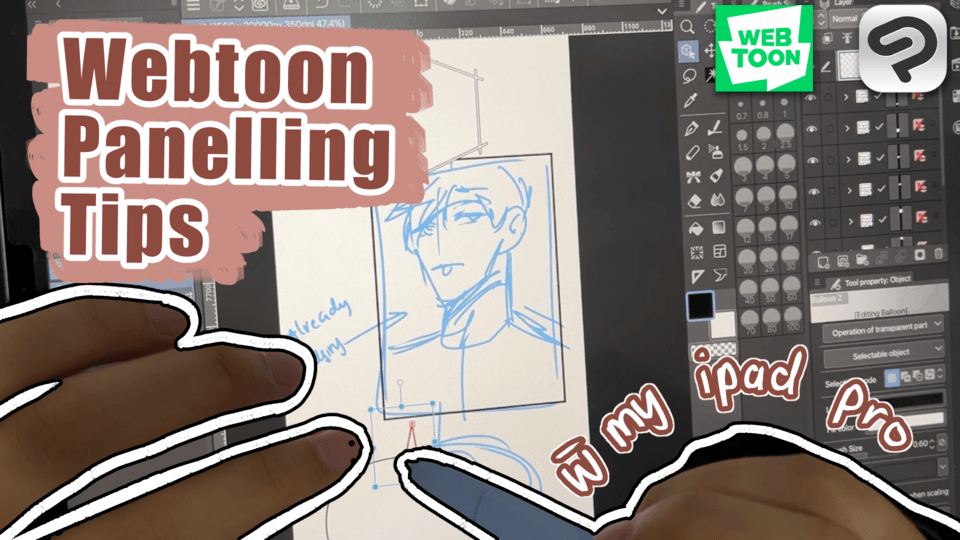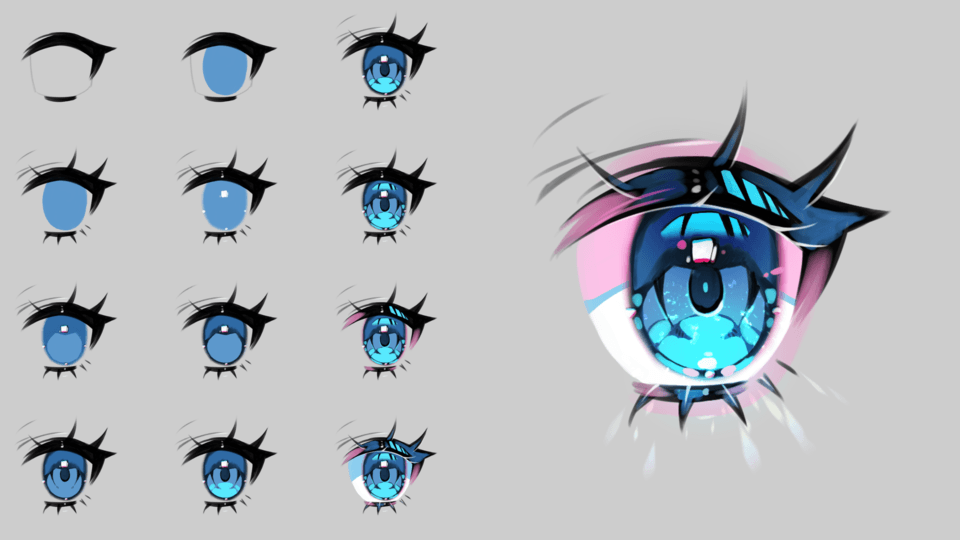How to SHADOW in Clip Studio Paint
Hello!!! I'm Shanux and in today's video we are in a tutorial on how to SHADOW in Clip Studio Paint.
How to shade using Clip Studio Paint 2.0's automatic shading
Ok, let's begin:
Once we have made our drawing, the first thing we have to do is group all the base colors in a folder.
Once this is done and with the base colors folder selected, what we are going to do is go to the upper right part of the screen and select: Edit > Automatic Shading.
Auto Shading Settings
Once this is done, a new window will appear where we can make various adjustments that I will explain later and a circle called "light focus" which we can move to alter the position of our shadows.

In the automatic shading window we can find different options, among these my favorite is "preset" in which we can change the type of shadow that we will use in our illustration depending on the environment we want for it.
We can play with this option to change the setting of our illustration, the options that I like the most are: Sunset, Night, Day and Against light. Since I really like how the color palette changes and it saves me a lot of time.
Other options that I also find very useful are the "levels" where we can manually change the colors of our shadows by selecting them ourselves.
Another of the options that automatic shading gives us is this bar here, where we can adjust the size of our shadows as we want.

If we activate the option "use as reference the lines of the reference layer" the shading will be generated based on lineart instead of based on the base colors.

Having said this, we would have finished with the automatic shading part.
How to shade "traditionally"
The first thing we have to know is where the light comes from, once this is done we could start shading.
A tip when shading is to imagine the light as if it were rain which hits our character or object
The areas which the rain touches will be fully illuminated, while the areas that are sheltered from that "rain" of light will be fully shaded.
Ok, now that you know how the "rain" works it's time to apply the shadows.
I divide the shadows into 3 types: soft shadow, medium shadow and strong shadow.
We will place these shades from softer to darker depending on how far and sheltered they are from the rain.
How do we choose the colors for the shadows?
Well for this we select the base color and then, using the color wheel, we will choose a slightly cooler tone and a slightly darker tone.
So consecutively until you get the 3 types of shadow.

How do we choose the color of the light?
For the light, unlike for the shadow, we will select a warmer tone and a lighter tone.

How does the environment affect the tones of our shadows and lights?
When shading we must take into account what surrounds our character, that is, the environment.
To exemplify this I will give you different examples created with Clip Studio Paint 2.0 but that you can also do in a traditional way.
Sunset
When choosing the colors for our drawing, we will choose very warm tones for lighting such as orange and cold tones such as purple for shading.
Achieving in this way reflect the colors that occur at sunset in our character.
Evening
In order to reflect the colors of the night in our illustration this time, unlike with the sunset, we will choose colder colors, with the different shades of blue being the most important to represent that bluish night.
As you may have seen, the colors and lighting of what surrounds our character affects his color palette, varying according to the environment in which he is.
Conclusion
Having said that, I have nothing more to teach you, I hope you have enjoyed this tutorial and that some of the advice I have given you will be useful, if so, let me know in the comments.
Thanks for reading my tutorial!!!
























Comment